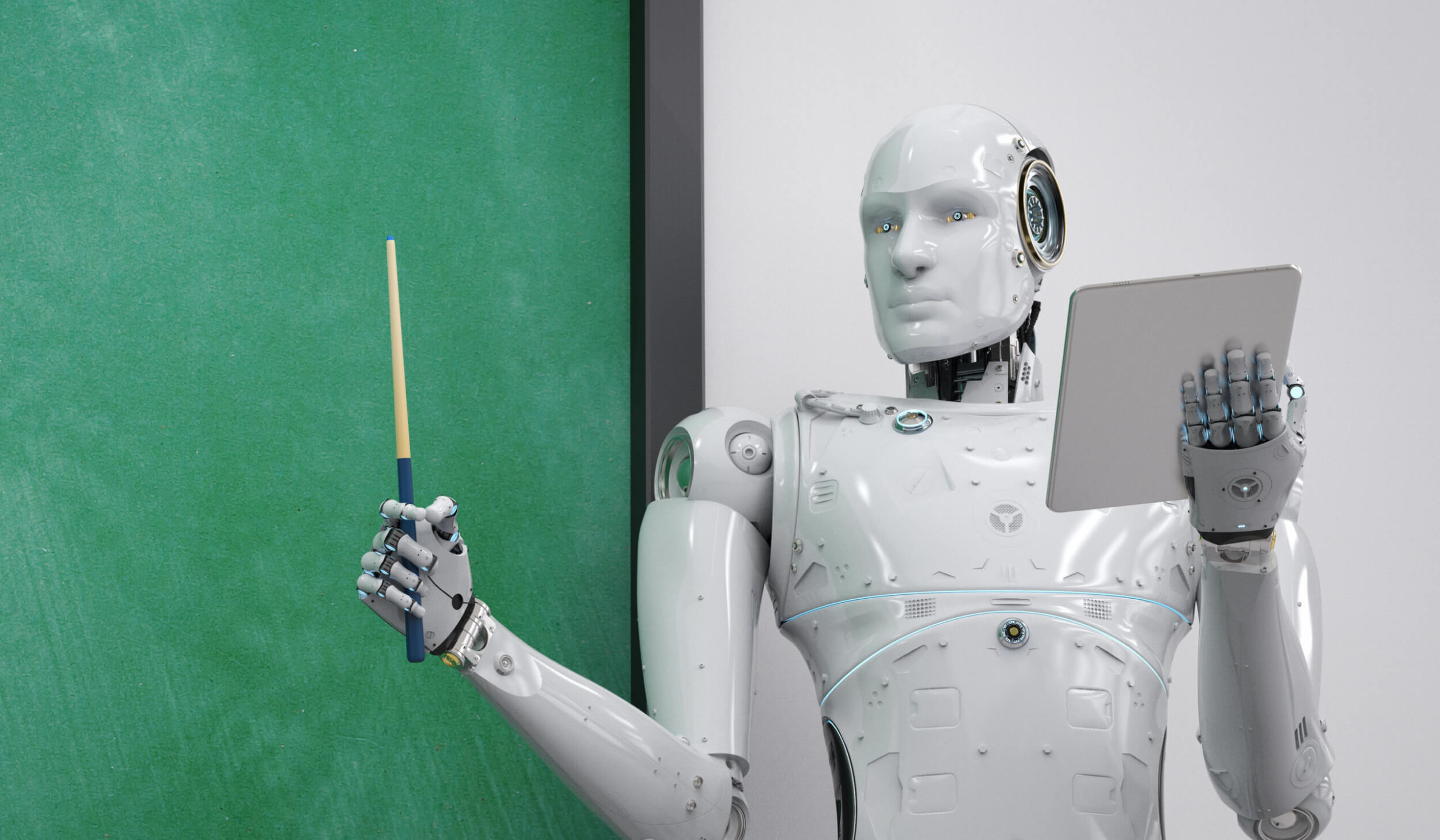Earlier this month, I wrote about the looming changes coming to education because of the dramatic advances in the field of artificial intelligence (AI). The New York Times published an article just this weekend about the changes that professors are working to incorporate in their classes in order to reduce academic dishonesty at the college level. Some school districts have banned access to certain software. Numerous articles have worried that take-home essay writing and research papers might go away because of fears of academic dishonesty.
Obviously, the rise of software that can instantly write coherent essays, create amazing works of art, write computer code, and develop spreadsheets will change the way we do business as teachers. But we are fooling ourselves if we believe that students haven’t had access to tools that allow them to cut corners since the expansion of the internet. So, I want to encourage my fellow educators to take a deep breath and look more creatively at how access to AI is going to enhance teaching and learning.
For those who are concerned about academic honesty, there are many ways to create assignments—particularly with regard to the important skill of writing—that will reduce the opportunities for cheating. One is to design in-class assignments in which students write to a prompt. Or, a teacher could offer an assignment that asks for a close reading of a very specific text. When you look at the essays AI puts out, there is often no real argument or sense of perspective. Most read like poorly written Wikipedia descriptions. Good writing offers analysis. It requires pulling specific quotations and evidence. It means offering one’s voice. It’s almost guaranteed that many industries are going to jump to AI because it will make communication efficient. But the world will still need good writers and thinkers.
I can envision using AI to help teach writing. In a recent podcast, I heard one teacher describe how she is having her students enter an AI prompt and then work to refine the computer-generated essay. We already have grammar checks and spell checks—a form of AI I am stunned that not all students employ. But there’s much more. AI can help students learn the essentials of how to build a unique and distinct argument and then back it up.
Going further, AI could operate like a personal tutor. Right now, we have amazing websites like Khan Academy, where students can go for extra help. But with AI, a student who is struggling with a concept or equation can actually go right to a computer and ask for assistance. Again, in some ways this type of support is already out there for students, but AI will make it far easier for students to get the help they need.
For teachers, AI will bring some benefits that can make their work more efficient. It will help streamline communication. It will improve the types of feedback they give to their students. It will help with course creation and organization. There are a lot of non-teaching duties that take up teachers’ time; AI has the potential to help them focus on what is most important. It will also allow for greater personalization in learning.
There is a host of “big brother”-style AI software already out there. For example, programs can monitor students’ reactions in class to see if they are engaged. There are testing platforms that adjust questions based on a student’s responses, drilling down in areas that need improvement. These applications will only become more sophisticated.
What we don’t want is a world in which human beings are lying around at home and asking computers to do all their work for them. A lot of the fear-based responses to AI stem from that premise. While I cannot predict the future, I do think that we can use technology—as we have ever since Homo sapiens first walked the Earth—to better our condition and understanding of the world. Our goal is teaching students to use this technology with integrity and sophistication in order to better hone their own skills and critical thinking.
